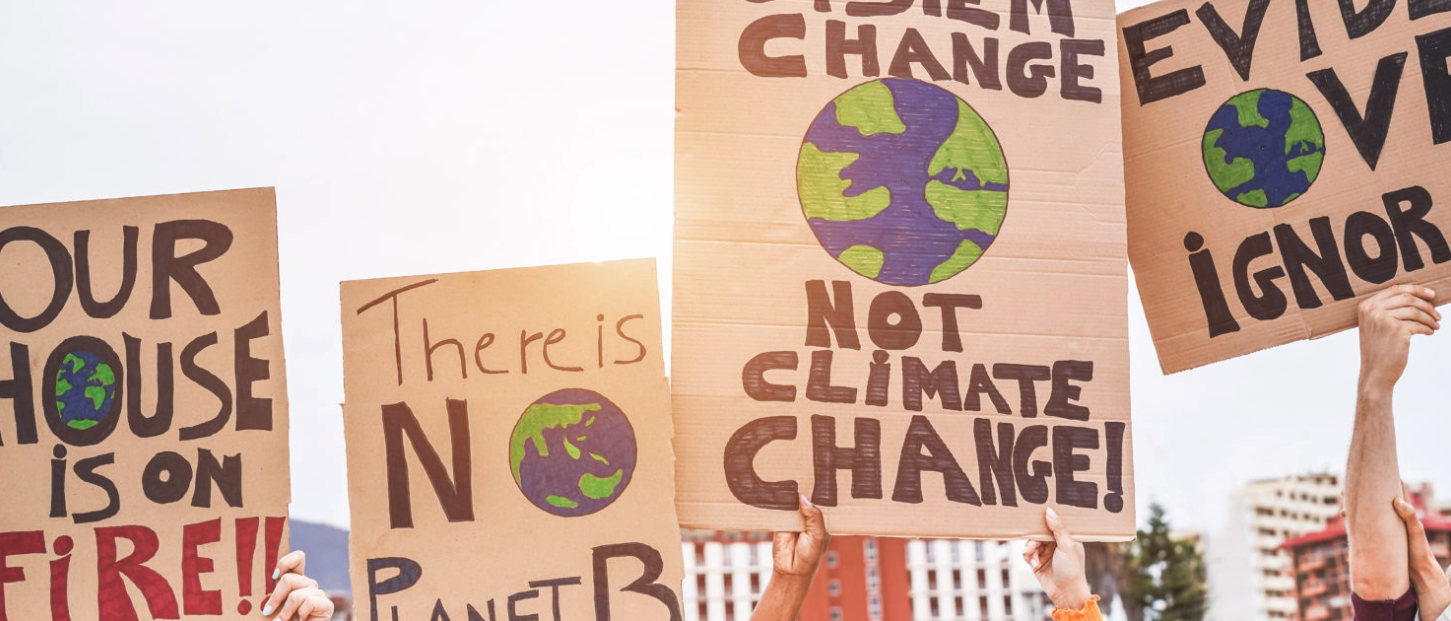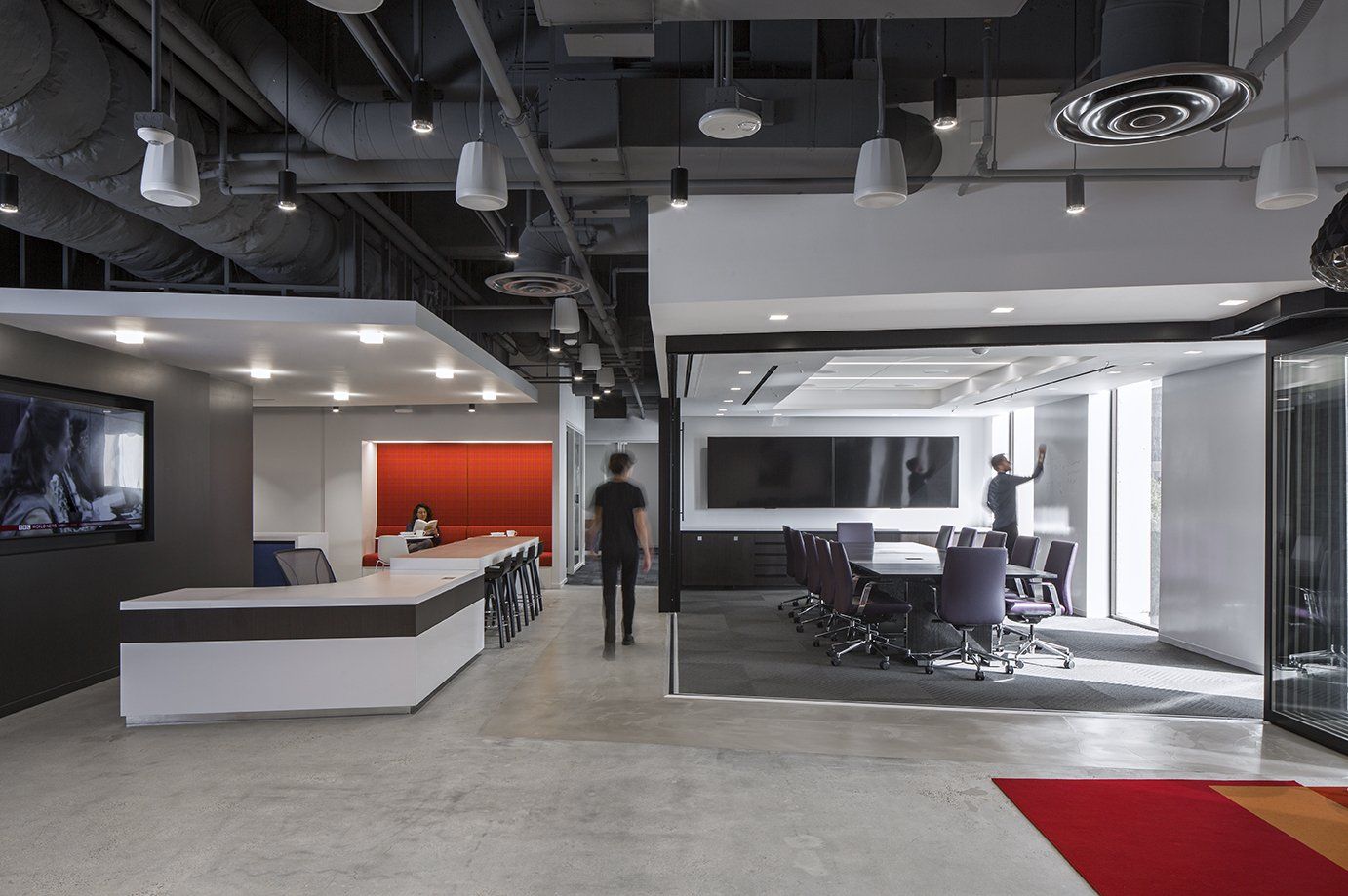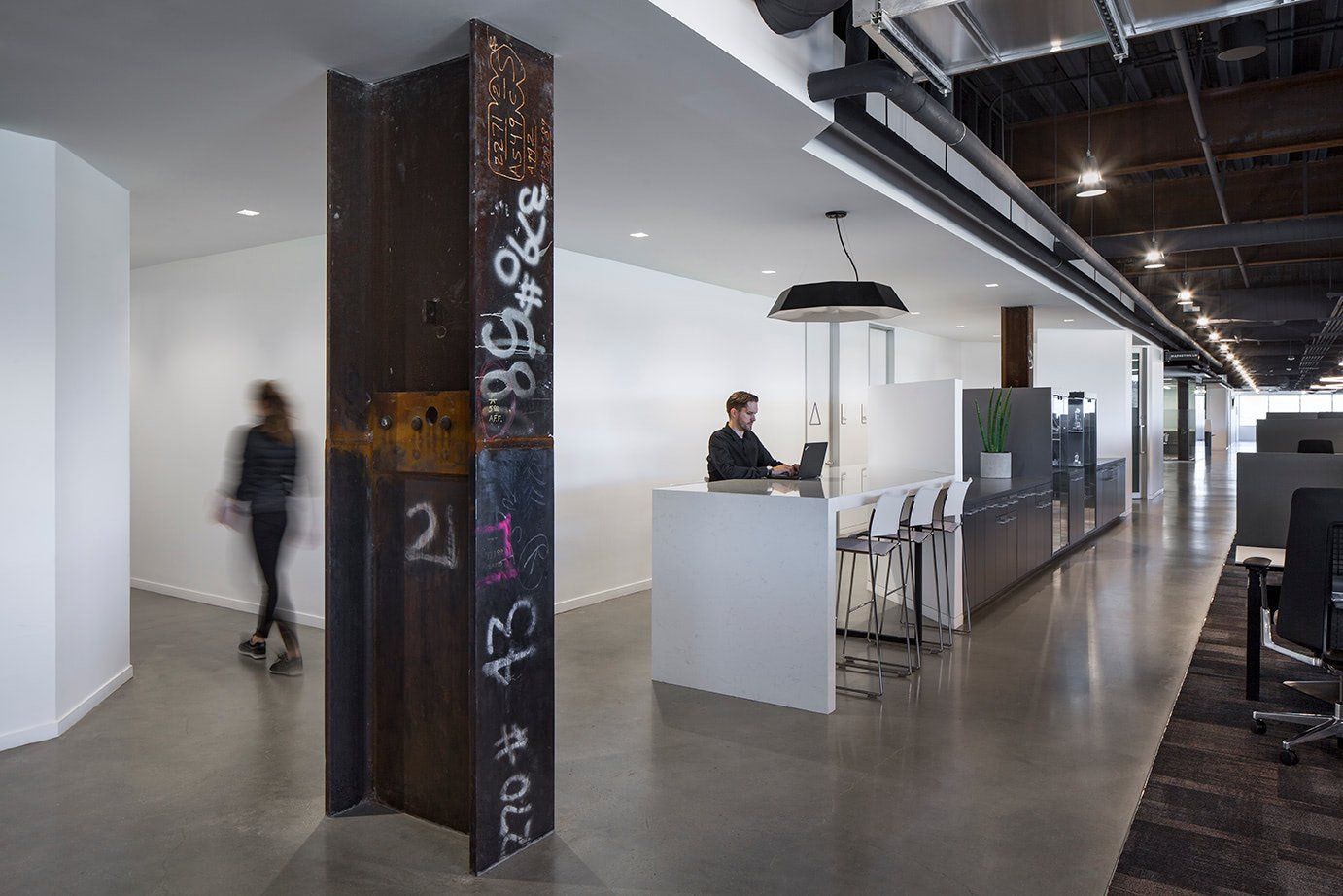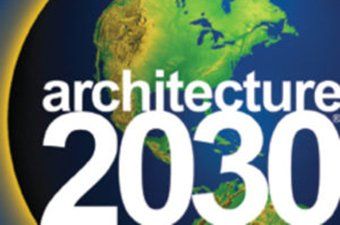Covid-19 and Climate Change

Much has been written about the “Return to Work” as we come out of COVID-19. Workplaces with built-in social distancing, masks, sanitation stations, split shifts, Plexiglass partitions, touchless hardware. All in an attempt to return to normal. The problem is, normal is not a good place to be.
Before COVID-19, the issue of climate change was starting to gain traction in our collective consciousness. Concern was starting to develop over issues such as plastic in the oceans, severe weather events, frequent wildfires. There was still debate over the causes, but the reality of these environmental issues was starting to sink in. Then COVID-19 hit, and climate change was relegated to the back burner.
Scientists tell us that global temperatures are continuing to rise – now 1.1 degree C higher than at the start of the Industrial Revolution. An increase of 1.5 degrees C has been determined to be the tipping point where significant impacts to the environment and our way of life will occur. A 2.0 degree C increase is projected to result in catastrophe to the planet.
While we at Wirt Design Group are taking a break from our usual routine and hunkering down at home, the environment was not taking a break. Yes, there was a hiatus when the air cleared up due to less cars on the road. Global emissions in 2020 are projected to drop 7.6% due to COVID-19 – great news, but it would need to stay at that level through 2030 if we are to hold temperatures to a 1.5 degree increase. The only way to do that is to restructure the global economy by moving away from fossil fuels, starting now. (For more insights on this topic, see “One Last Chance – The Defining Year for the Planet” in the July 20-27, 2020 issue of Time Magazine.)
Our industry – design, construction, real estate – has the means and methods of doing something significant to affect climate change. Designers can design net zero buildings and spaces using materials from sustainable manufacturing streams. Builders can focus on alternative methods of construction that conserve resources, capital and time. Brokers and agents can introduce owners and tenants to properties that are not only energy efficient but net zero for carbon emissions.
When we come out of this pandemic, we have an obligation to make sure we don’t go back to normal. We need to do better. We can and must work together to do our part in making sure our planet does not pass the 1.5 degree C threshold. We have the tools. We know we can do it – most of the world came together over 4 months to combat a virus. Do we have the will to tackle climate change with a similar laser focus? Our collective survival hangs in the balance.

Wirt Design Group is an award-winning commercial space planning, interior architecture and design firm based in Los Angeles.
Wirt Design Group
Contact Us
Thank you for signing up for our newsletter
Oops, there was an error signing up.
Please try again later.


